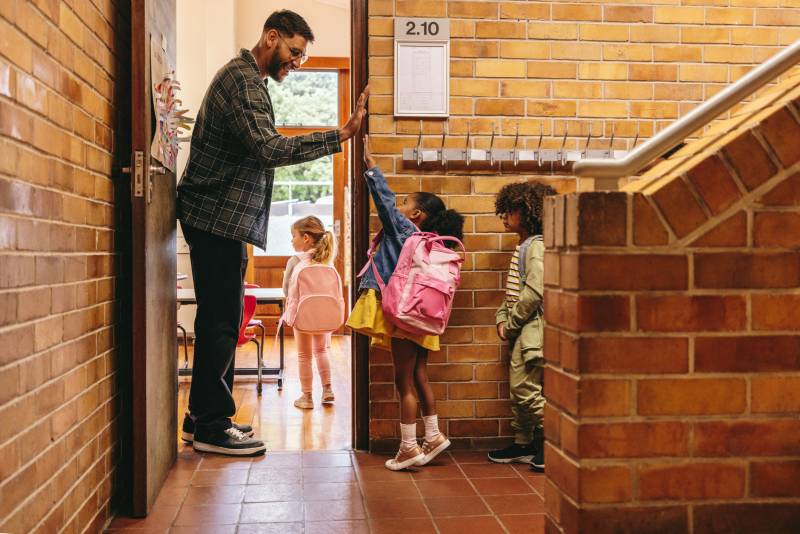The most interesting nuggets from the two reports, however, were how the academic gains varied wildly across the nation. That’s not only because some schools used the money more effectively than others but also because some schools got much more aid per student.
The poorest districts in the nation, where 80% or more of the students live in families whose income is low enough to qualify for the federally funded school lunch program, demonstrated meaningful recovery because they received the most aid. About 6% of the 26 million public schoolchildren that the researchers studied are educated in districts this poor. These children had recovered almost half of their pandemic learning losses by the spring of 2023. The very poorest districts, representing 1% of the children, were potentially on track for an almost complete recovery in 2024 because they tended to receive the most aid per student. However, these students were far below grade level before the pandemic, so their recovery brings them back to a very low rung.
Some high-poverty school districts received much more aid per student than others. At the top end of the range, students in Detroit received about $26,000 each – $1.3 billion spread among fewer than 49,000 students. One in 10 high-poverty districts received more than $10,700 for each student. An equal number of high-poverty districts received less than $3,700 per student. These surprising differences for places with similar poverty levels occurred because pandemic aid was allocated according to the same byzantine rules that govern federal Title I funding to low-income schools. Those formulas give large minimum grants to small states, and more money to states that spend more per student.
On the other end of the income spectrum are wealthier districts, where 30% or fewer students qualify for the lunch program, representing about a quarter of U.S. children. The Harvard-Stanford researchers expect these students to make an almost complete recovery. That’s not because of federal recovery funds; these districts received less than $1,000 per student, on average. Researchers explained that these students are on track to approach 2019 achievement levels because they didn’t suffer as much learning loss. Wealthier families also had the means to hire tutors or time to help their children at home.
Middle-income districts, where between 30% and 80% of students are eligible for the lunch program, were caught in between. Roughly seven out of 10 children in this study fall into this category. Their learning losses were sometimes large, but their pandemic aid wasn’t. They tended to receive between $1,000 and $5,000 per student. Many of these students are still struggling to catch up.
In the second study, researchers Dan Goldhaber of the American Institutes for Research and Grace Falken of the University of Washington estimated that schools around the country, on average, would need an additional $13,000 per student for full recovery in reading and math. That’s more than Congress appropriated.
There were signs that schools targeted interventions to their neediest students. In school districts that separately reported performance for low-income students, these students tended to post greater recovery per dollar of aid than wealthier students, the Goldhaber-Falken analysis shows.
Impact differed more by race, location and school spending. Districts with larger shares of white students tended to make greater achievement gains per dollar of federal aid than districts with larger shares of Black or Hispanic students. Small towns tended to produce more academic gains per dollar of aid than large cities. And school districts that spend less on education per pupil tended to see more academic gains per dollar of aid than high spenders. The latter makes sense: an extra dollar to a small budget makes a bigger difference than an extra dollar to a large budget.
The most frustrating part of both reports is that we have no idea what schools did to help students catch up. Researchers weren’t able to connect the academic gains to tutoring, summer school or any of the other interventions that schools have been trying. Schools still have until September to decide how to spend their remaining pandemic recovery funds, and, unfortunately, these analyses provide zero guidance.
And maybe some of the non-academic things that schools spent money on weren’t so frivolous after all. A draft paper circulated by the National Bureau of Economic Research in January 2024 calculated that school spending on basic infrastructure, such as air conditioning and heating systems, raised test scores. Spending on athletic facilities did not.
Meanwhile, the final score on pandemic recovery for students is still to come. I’ll be looking out for it.


